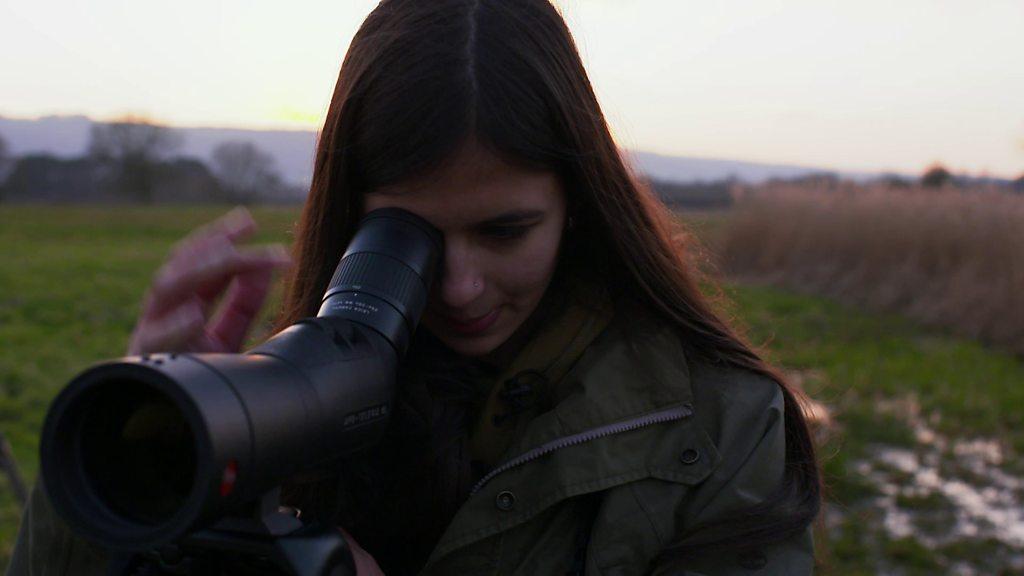How you can help garden wildlife this winter
- Published
- comments
Find out how you can help wildlife this winter
The beautiful red and gold leaves of autumn are starting to fall and mornings are turning frosty.
Winter is on its way and our native wildlife is seeking food, water and shelter.
Our outdoor spaces can provide animal visitors with a safe space to thrive during these colder months.
Here are the RSPCA's top tips for how you can give British wildlife a helping hand this winter by getting your garden ready.
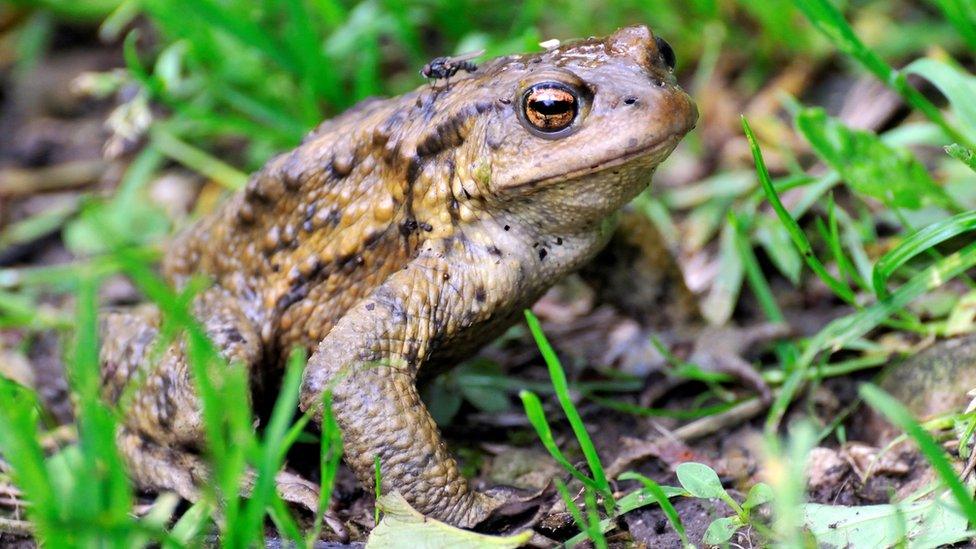
1. Build a toad abode
Amphibians, including frogs, toads and newts often hibernate for the winter.
Some will stay in water, while others choose dark and sheltered spots on land.
You can create a mini hiding habitat for them this winter, which will provide food, warmth and safety from predators.
Use materials including old bricks, stones and wood and build it by simply piling the materials on top of each other, making sure you leave little gaps for these cold-blooded creatures to crawl though.
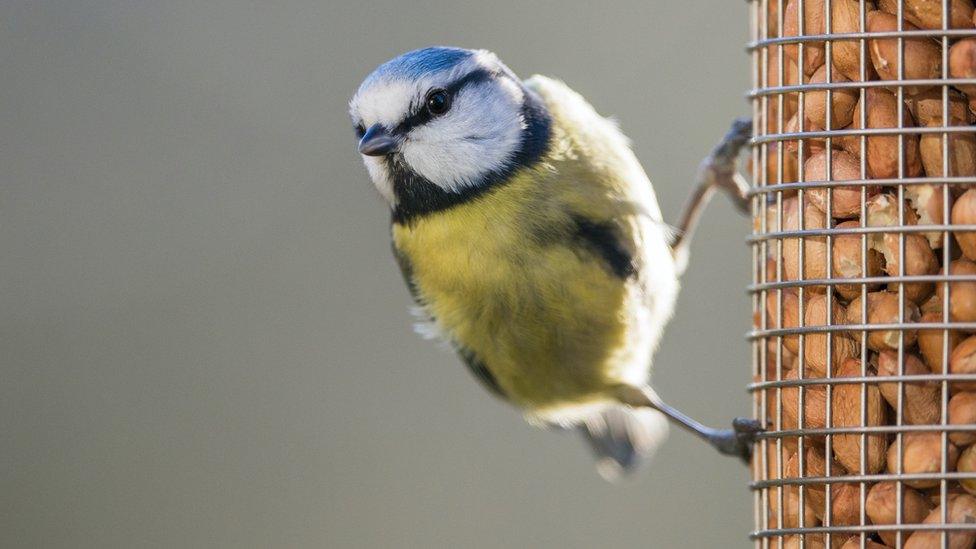
2. Feed garden birds
Food left in the garden can be a lifeline for birds throughout the winter.
You can buy special bird food from shops or use what you already have in your kitchen cupboards.
The will enjoy mixed corn, seeds, unsalted nuts or peanut butter, porridge oats, sultanas, dried fruit and even table scraps like cheese or boiled potatoes.
It is a good idea to put the food in hanging feeders and table feeders somewhere high enough to stop cats from preying on the birds.
If you buy food from a shop, make sure to remove any packaging and netting - which can be harmful to birds - before leaving it in your garden.
Birds also need access to fresh water for bathing and drinking, but try your best to not let it freeze as the colder weather sets in.
Hygiene is also very important. Many garden birds die each year because of diseases, so cleaning feeders and water containers regularly is important.
RSPCA Education Officer, Charlie Pass says: "If you do start leaving out food, please keep it up for the winter, so that birds don't waste energy coming back to your garden in search of food".
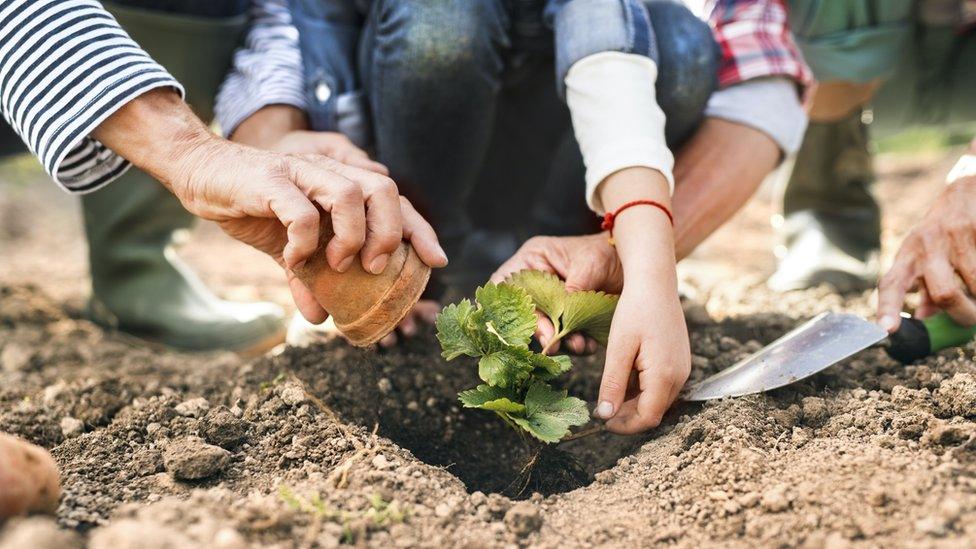
3. Get planting
Planting late-flowering plants, native tress and shrubs is a great way to help wildlife through the winter months.
They can provide shelter and places to nest, as well as food.
Berry and seed-bearing plants like holly, ivy, cotoneasters, Guelder rose, honeysuckle, pyracantha, and skimmia are great for providing food for birds and small mammals.
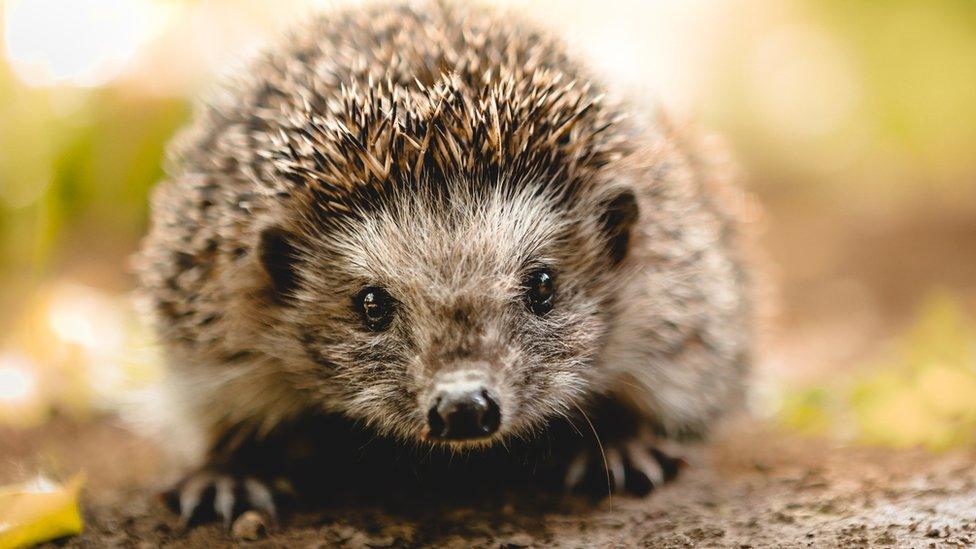
4. Feed, hydrate and house hedgehogs
Hedgehog numbers are declining in the UK, with numbers falling by 30% in the last ten years according to wildlife groups.
But there is lots that you can do to help these prickly creatures, who like to hibernate between November and March.
Hedgehogs eat, slugs, snails, caterpillars, earthworms and beetles, but they also enjoy cat food, cat biscuits and hedgehog biscuits, just make sure that any food you leave out is not fish based
Even more important than food is making sure hedgehogs have water to drink. You can leave water out for them in a clean bowl and make sure it does not freeze over when the temperature drops. But remember, never leave out milk for hedgehogs to drink - it can make them very ill.
Creating more wildlife-friendly spaces in your gardens, like wood piles and bramble patches is also a good idea.
Hedgehogs need places to hibernate, so if you can put out a hedgehog box or leave piles of undisturbed vegetation, such as fallen leaves, hedgehogs may use these as nesting sites.
Setting up a hedgehog highway, by making a small gap under fences, will also help hedgehogs to find food and shelter in your neighbours' gardens. A hedgehog can travel between 1-2km a night in search of food and usually ranges over an area of 10 hectares (24.7 acres).
With such a dramatic decline over the last fifty years, we all need to do our bit to save one of our most beloved mammals. Thankfully, there's plenty of information online when it comes to helping them out in our back yards.
Hedgehogs are nocturnal animals - if you see a hog out and about in the day, it could be young or unwell. Ask an adult you trust to let your local wildlife group know.
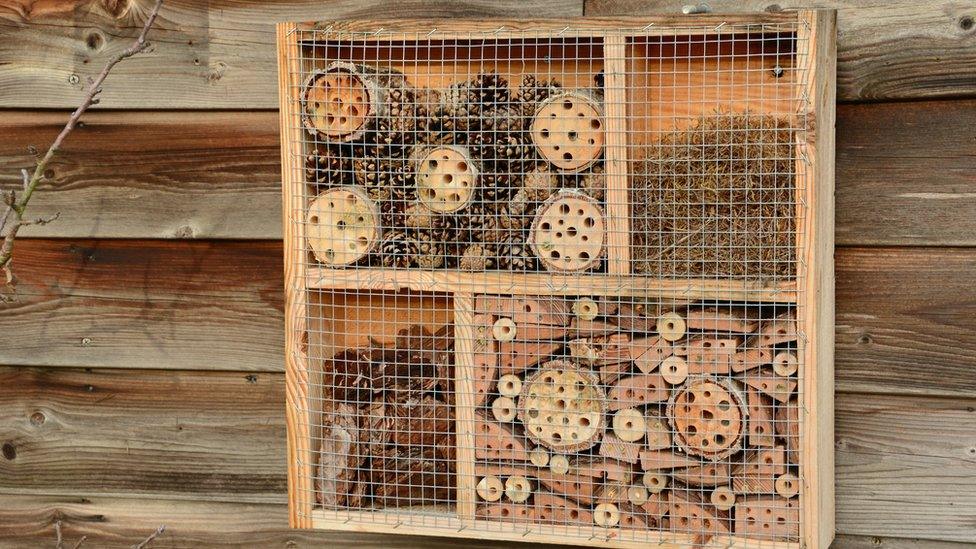
5. Build a bug hotel
Charlie says it is important not to forget the bugs, they also need a hideaway for the colder months.
Building a bug hotel is a great way to help and can provide shelter for all sorts of creepy crawlies, including bees, woodlice and ladybirds.
Use bricks, old wood, twigs, dry leaves, tiles, pine cones or canes to build your bug hotel.
And ask an adult you trust to give you a helping hand.
- Published24 June 2020
- Published11 September 2020
- Published14 April 2020
